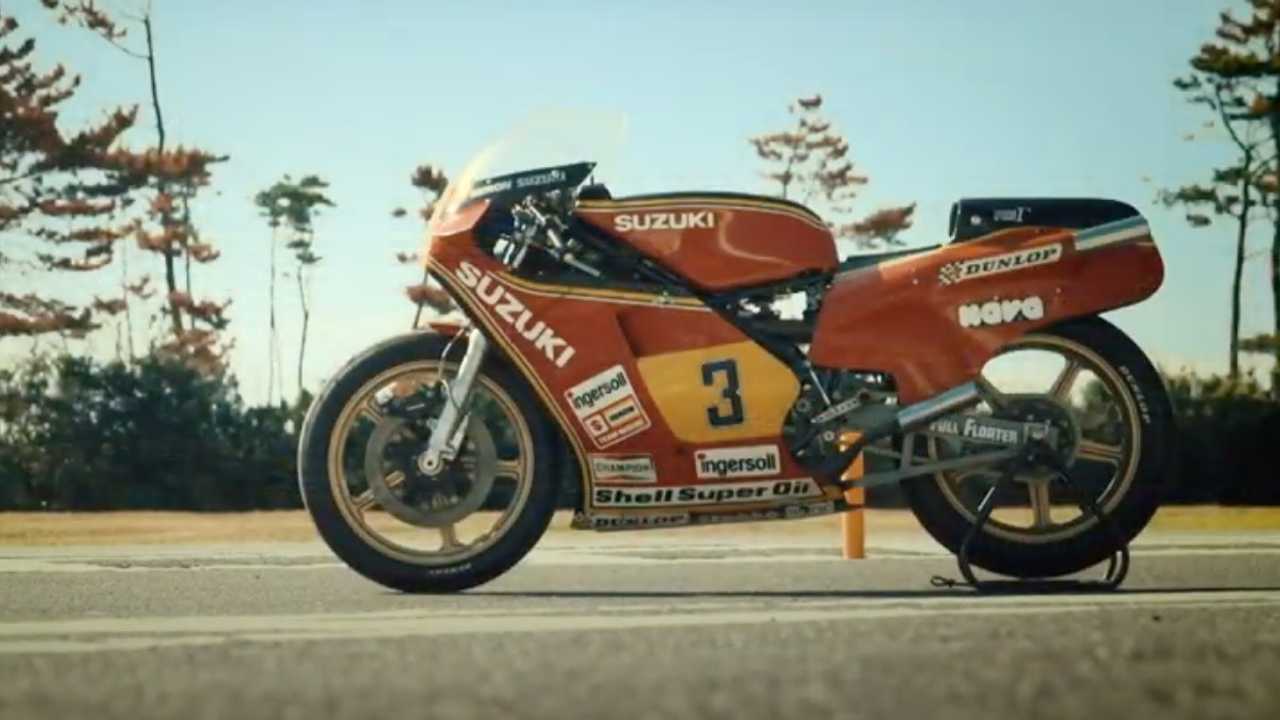Top ten motorcycle jobs to complete in self-isolation
With it looking more and more like the UK population will be placed in lockdown in the coming days, here’s some ways you can spend the time productively

IF the government do indeed place the UK under a kind of self-imposed lockdown, where staff that can work from home and those that can’t take time off, it can be all to easy to just slouch on the sofa in front of the TV.
But your time could be spent doing some jobs that are much more productive, and what’s more rewarding than spending some time with your nearest and dearest two-wheeled companion?
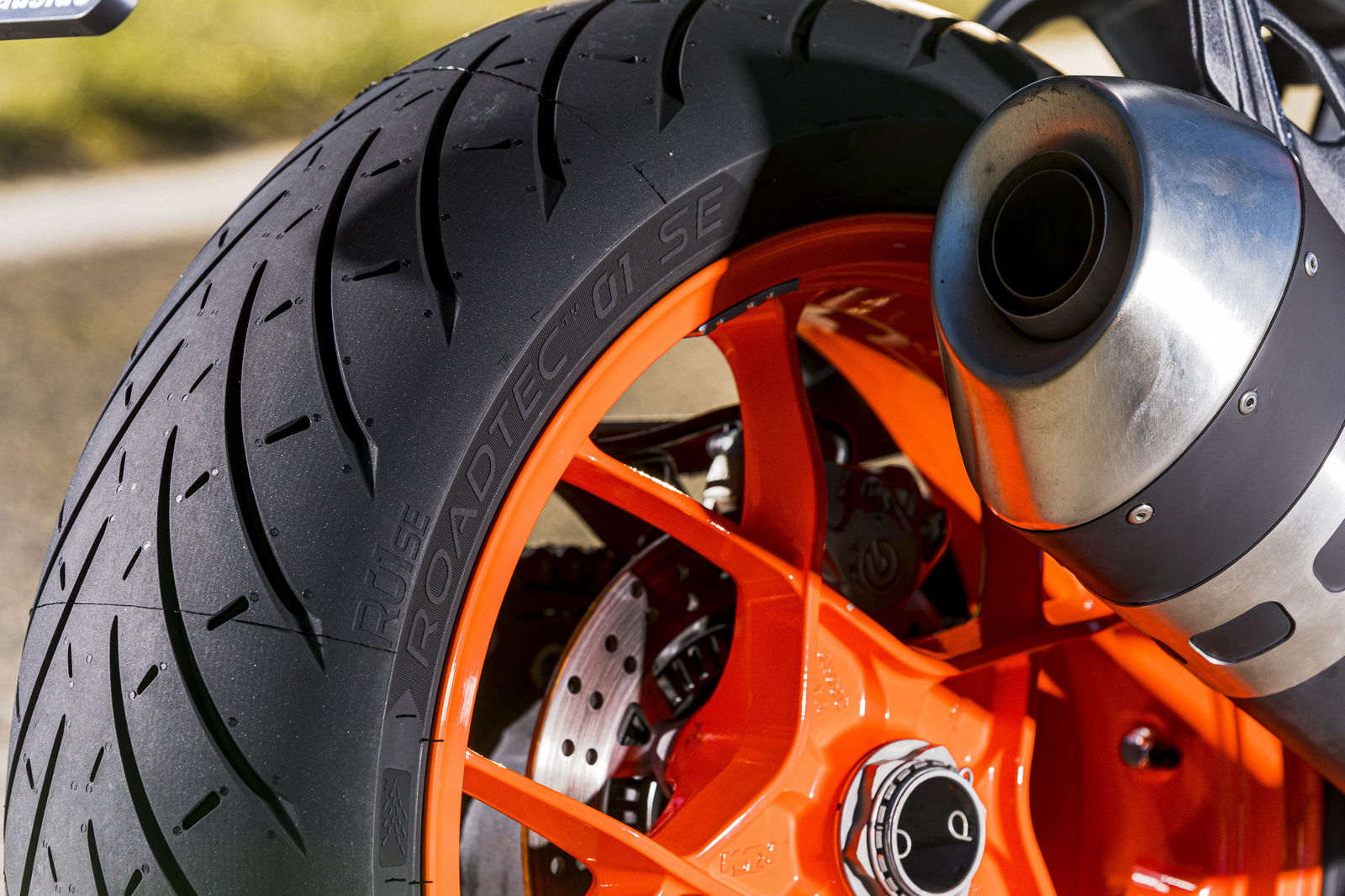
10. Don’t get tyred
While the bikes in the garage, get the paddock stands out and have a good check of your hoops. They should be checked weekly – but nobody actually does that – so now is a perfect time to give them a once over.
Having correctly inflated tyres is key to having a bike that handles as it should and provides the appropriate levels of grip. Underinflation will affect handling and over-inflation can reduce the size of the contact patch on the road, affecting grip and wear.
Get a decent quality pressure gauge to check the pressures and consult the manual for the correct pressures. A couple of PSI more in the rear is not a bad idea if you regularly carry a pillion or luggage and always check your pressures when the tyres are cold.
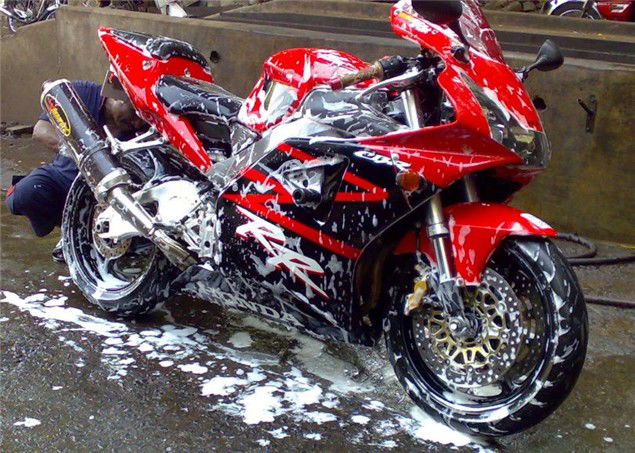
9. Sanitise
Not you, the bike! Before attempting any home maintenance, it’s always a good idea to give your steed a good clean. Doing this will not only give you a sense of wellbeing when it’s completed, but it’ll also mean you can see the bike and its components clearly. Helping you to spot any items that might need replacing or repairing.
Properly cleaning your bike will also take a couple of hours and is a very rewarding way to spend an afternoon!
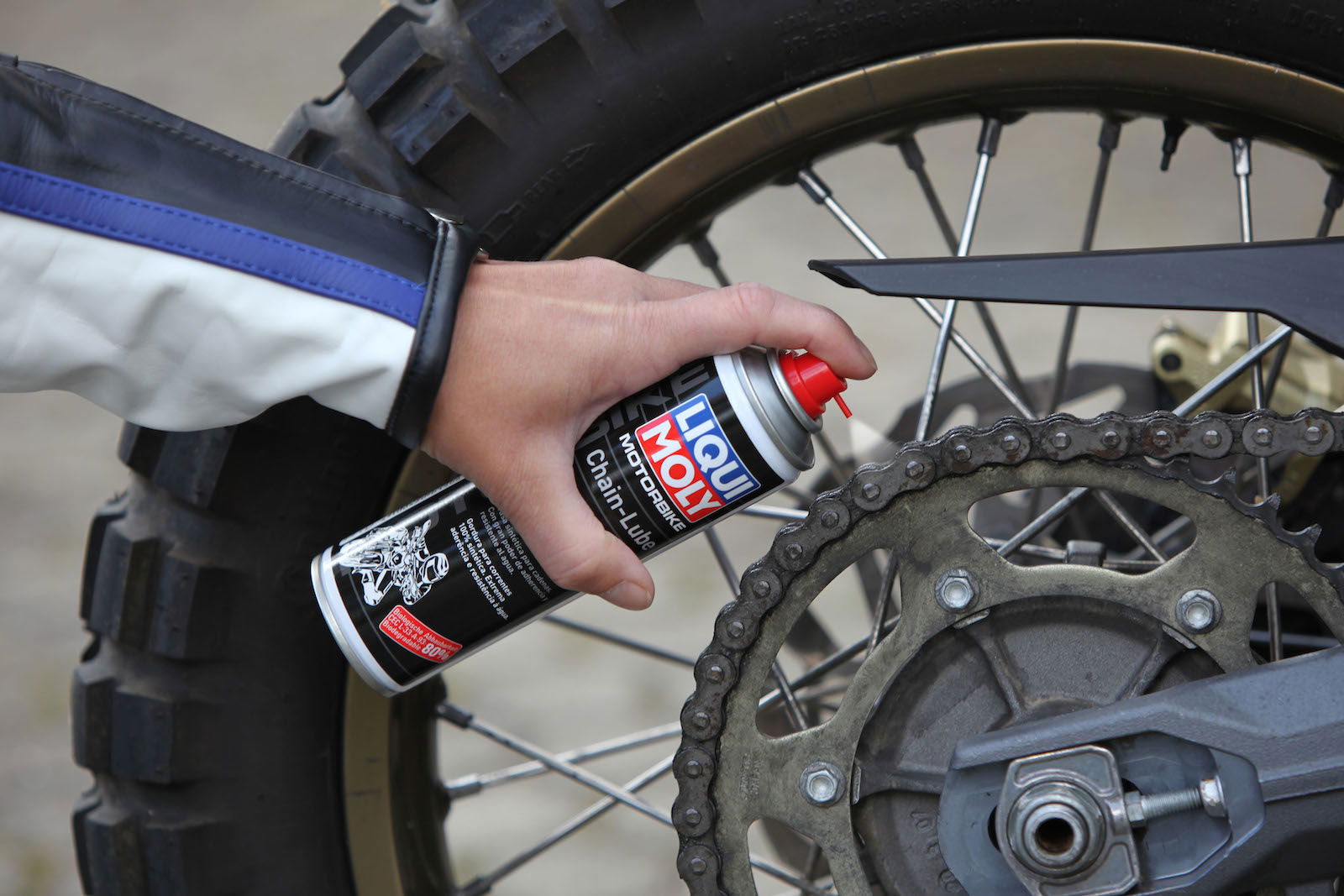
8. Break the chain of infection
Well not break it but give it a clean and get it properly tensioned. Before anything else, get the bike on a paddock stand and give the chain a very thorough clean. Removing the dirt that gets into the links is a great way of improving the longevity of the chain.
After giving is a clean with a chain cleaning brush, liberally coat it in the best chain lube you can get your grubby mitts on. Next up get the chain tension set correctly as per the manufacturer’s guidelines.
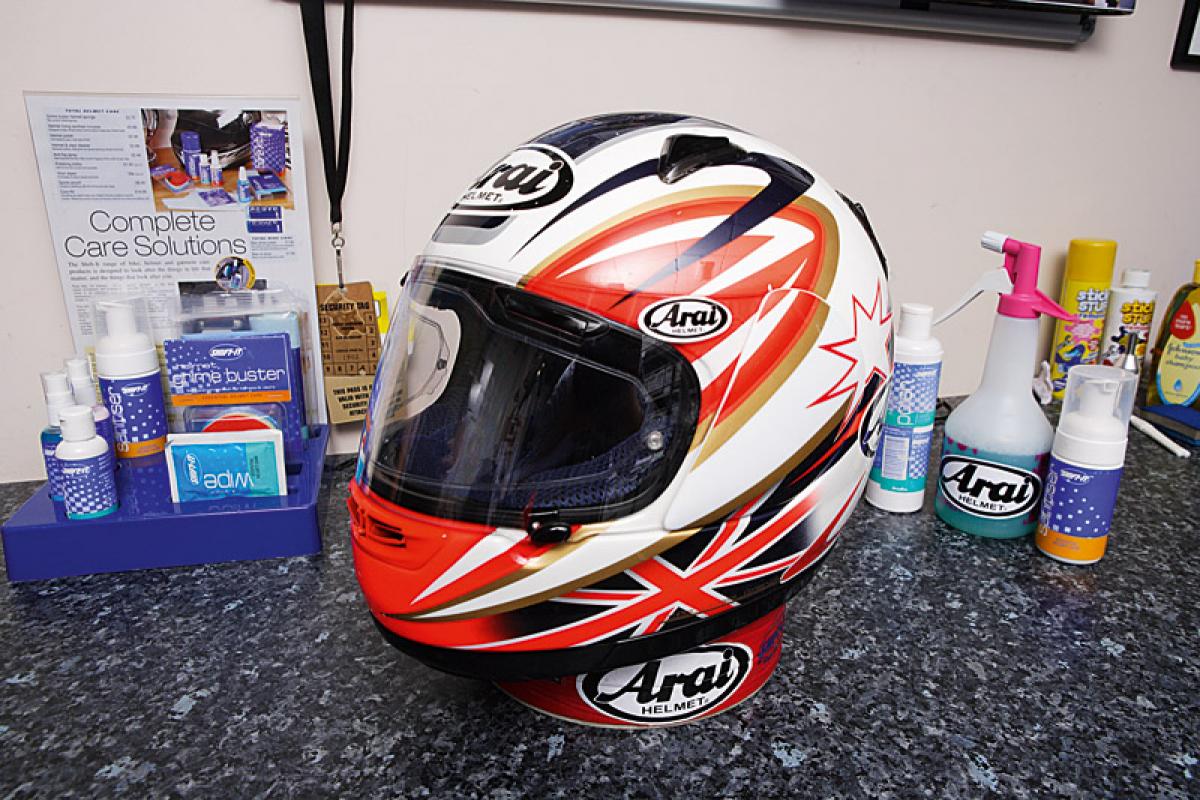
7. Keep your helmet clean
Cleaning your lid is a job that all to often gets forgotten but it’s a job that’s well worth doing. Most lids now have partial or fully removable interiors, which can either be washed by hand in the sink or on a very gentle hand wash in the machine. Use baby shampoo or a very mild detergent for the task.
If the lining isn’t fully removable, run a shallow and warm bath and add the detergent to that. Carefully pop your lid in and try and give a slosh around until the interior is nice and clean.
Always let your lid dry out totally before reassembling but never, ever tumble dry any of the parts of the helmet!
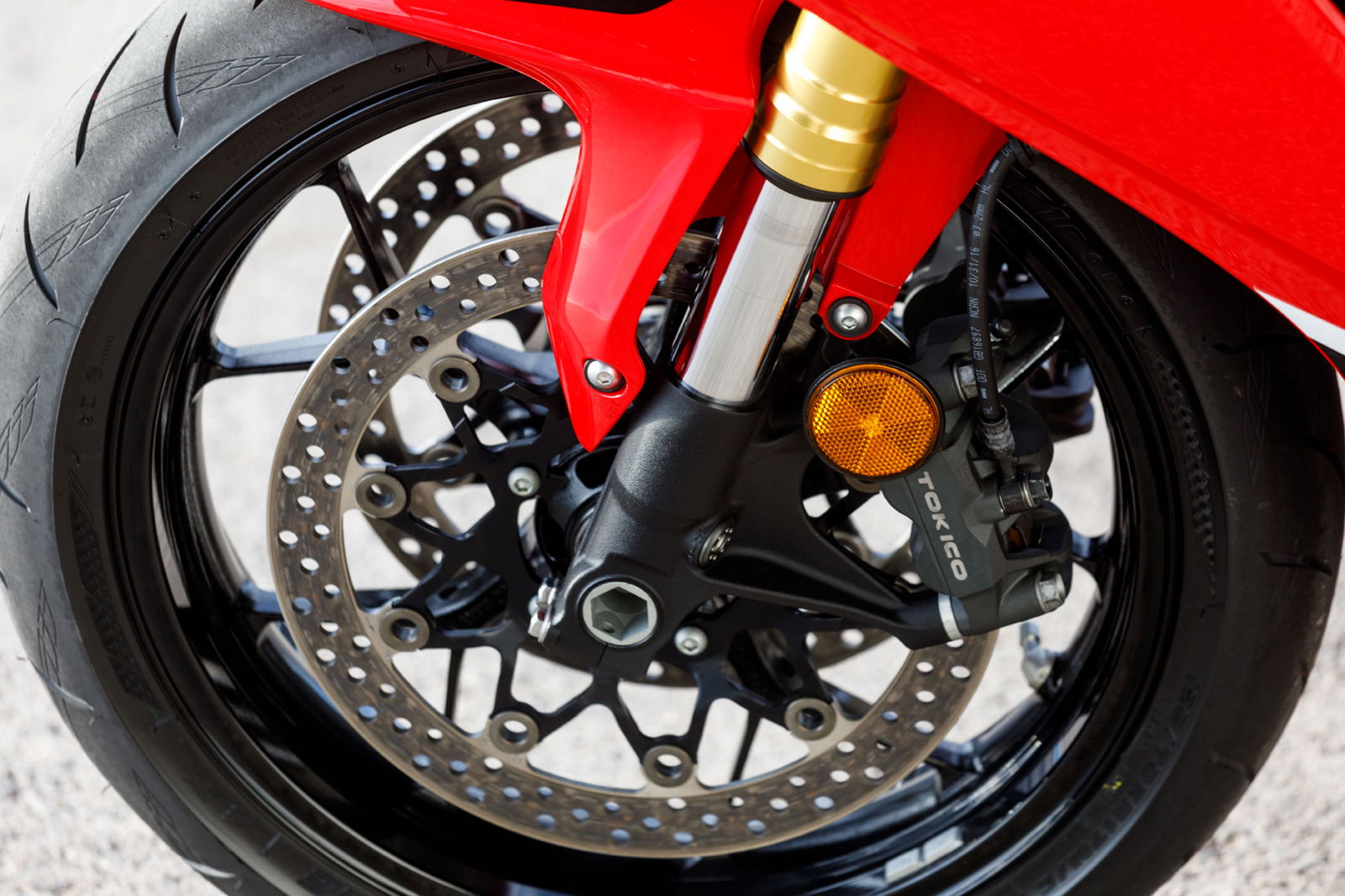
6. Put the brakes on the epidemic
Your braking system is the most important system on your bike and should never be neglected. While the bike is up on the paddock stands give the pads and fluids a check. Changing your pads is definitely a job to do at home and doesn’t take too long or require special tools or skills.
Likewise, bleeding your braking system isn’t too difficult although brake fluid is corrosive and can damage paintwork and special finishes within seconds of contact. If in doubt, get a friend who is in the know to help you or call in the pros.
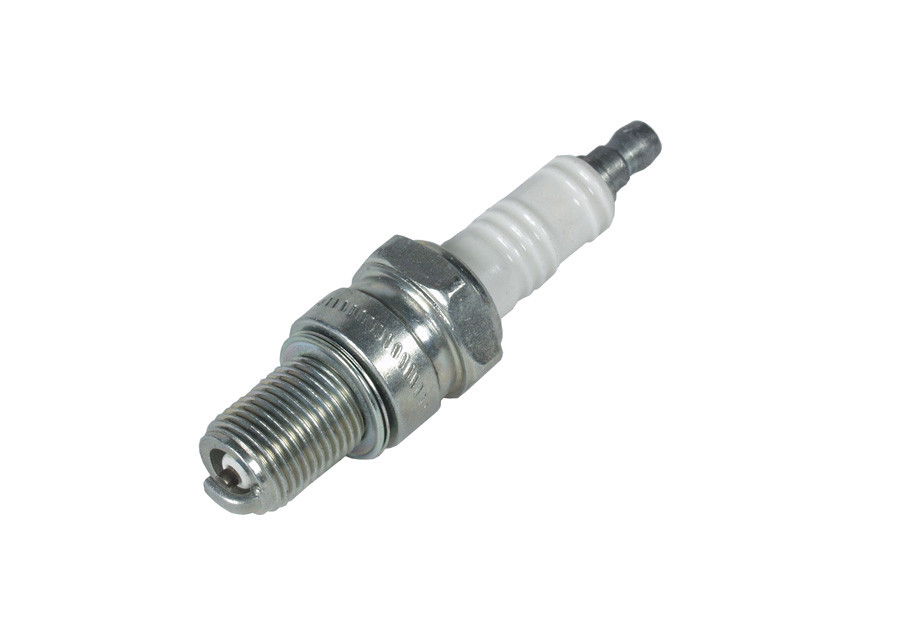
5. Plug it up
While changing your spark plugs needn’t be a regular task, checking them regularly can help you spot any issues within your bike’s engine that you might not otherwise know about.
Take each plug out one at a time – to avoid mixing up the plug leads – and give the plug a quick once over. A normal plug will have a brownish-grey deposit on the electrode. A black plug that is covered in soot is known as carbon fouled and is a sign that your engine is running too rich or possibly has a fouled air filter. Oily deposits on the plug could mean that oil is reaching the combustion chamber via the piston rings. A wet plug that covered in petrol is a clear sign that the engine is flooding, and that petrol isn’t igniting for one reason or another.
Once you have deemed the plugs are fine to re-install, give them a quick clean by gently brushing with a soft wire brush and pop them back in. Screw them in finger tight and then give them another quarter turn with a plug spanner.
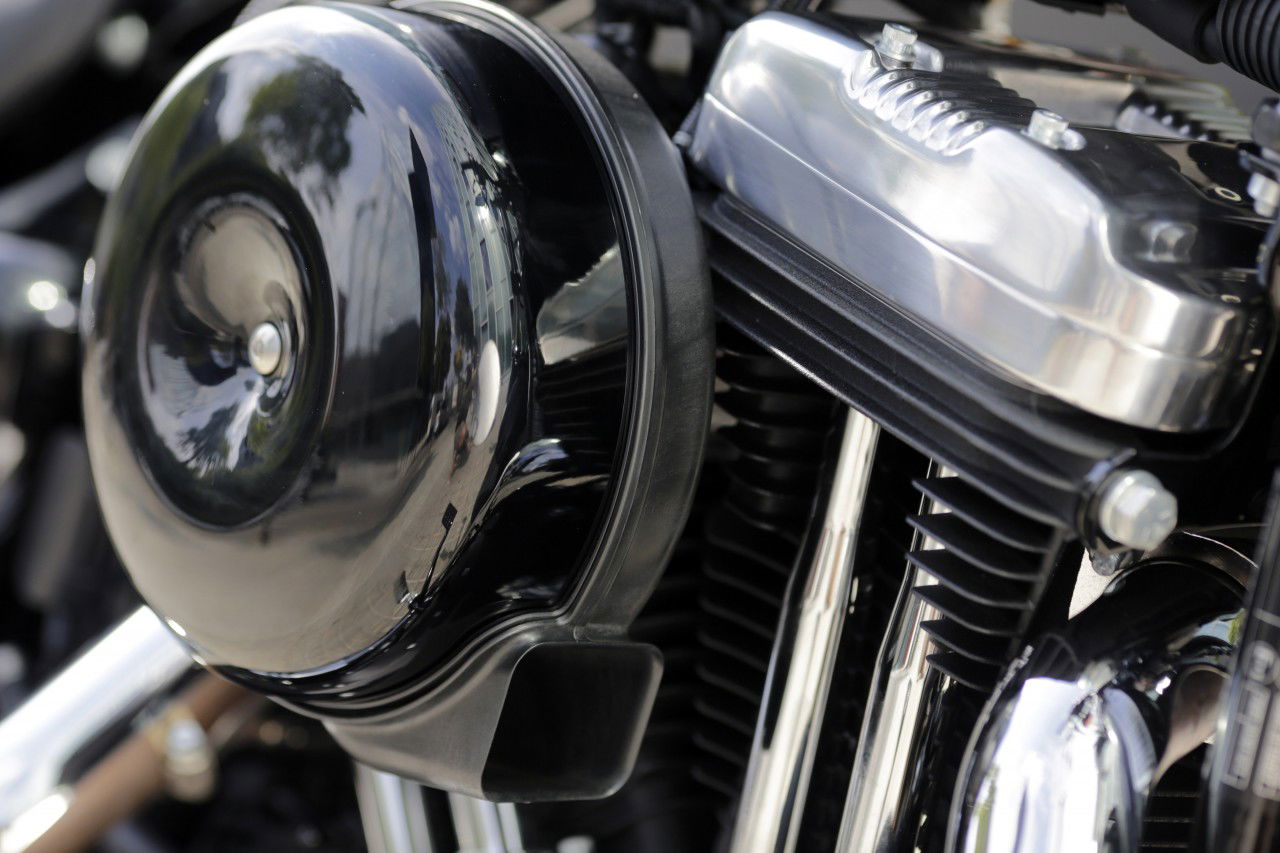
4. Filter out the germs
Changing the air filter on your bike should be an annual task. Regardless of the type of filter you have in your bike – paper or washable and reusable – get it out and changed or cleaned at least once a year. Your motorcycle will thank you for it!
A washable filter, K&N HifloFiltro, etc, sell specific cleaning and washing kits, that include all the chemicals and oils required. Don’t just use soap, water, and WD40, it can be corrosive to the glues within the filter and cause it to fail.

3. It’s time for a transfusion
Changing the oil in your bike’s engine is a bit like giving the thing a blood transfusion. All the contaminants and metal filings within the engine are evacuated and can no longer cause undue wear on the internals.
Like the air filter, it’s a job you can look to do annually if you ride infrequently and more often if you ride more frequently or in off-road and dusty environments.
Get the engine warm before dropping the oil, it helps it to flow out the engine quickly, and make sure you dispose of it correctly. Get a new filter that is the correct spec for your bike and buy the best oil that you can get. Top the engine up with fresh oil a bit at a time to avoid overfilling it. Give the engine a run for a minute and then recheck the level to ensure it has found its way around the entire engine.
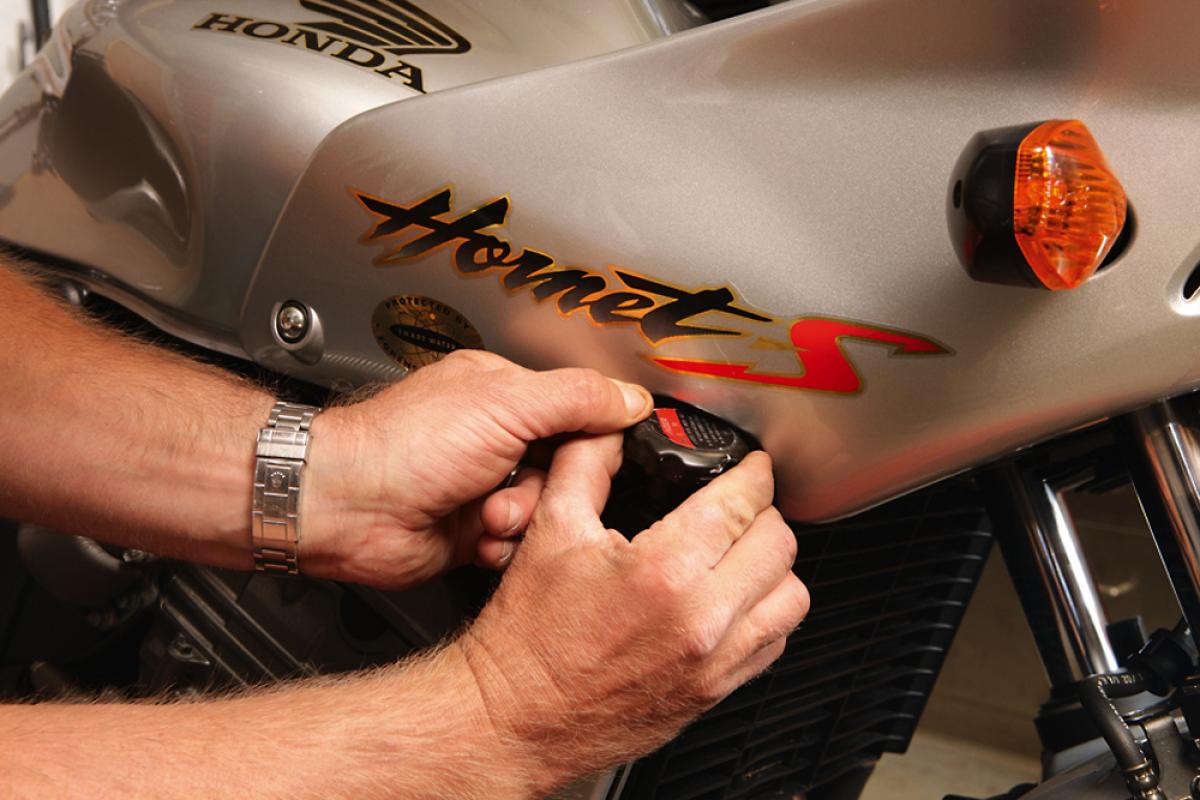
2. Don’t get a temperature
Changing your coolant is another quick and easy task for the home mechanic and can generally be completed in around ten minutes. To drain the system completely, remove the lowest hose in the system or the coolant drain plug, and drain it off and dispose of it properly.
Once the system's drained, replace the drain plug before making up a new batch of coolant using a 50/50 mix of anti-freeze and de-ionised water.
Fill to the recommended level and squeeze radiator hoses to expel unwanted air. Run the engine for a few seconds to pump the coolant around and check the level again.
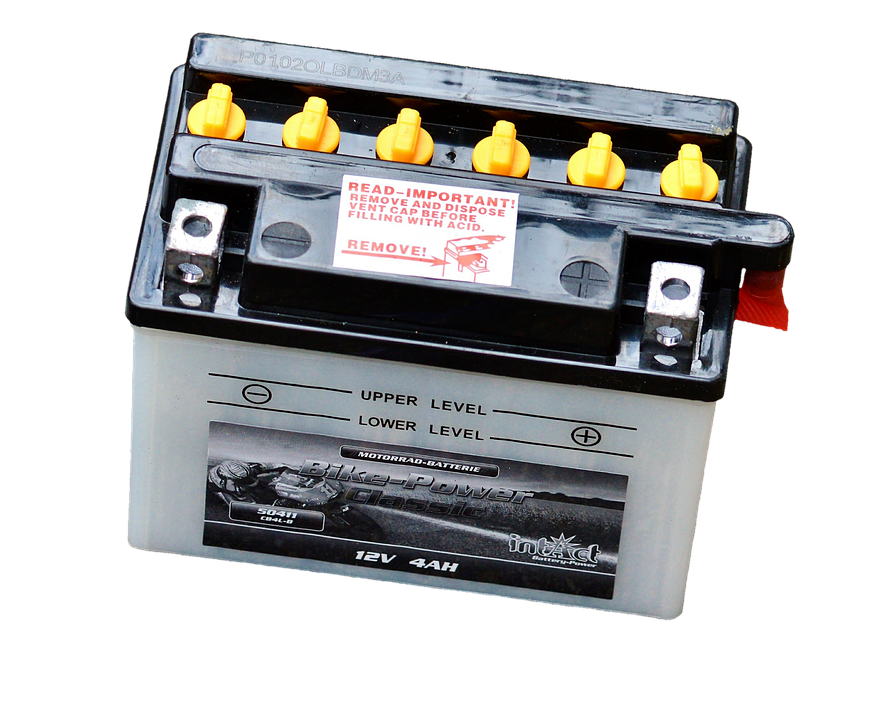
1. Take charge
Keeping tabs on your battery’s health is another task that is all too often overlooked. Taking the battery off the bike and checking the level of fluid in it is a great way of ensuring your bike will work as it should through the summer and beyond.
While the battery is off the bike, give the terminals a clean and then re-grease them to ensure they don’t get corroded and stuck on the terminals.
If the fluid in the battery is low, top up with de-ionised water before placing the battery on charge, using a car or motorcycle charger. Remember not to overfill, as acid will drain out the overflow pipe when you're on the move. Many modern batteries are sealed, so you won't be able to top them up.

